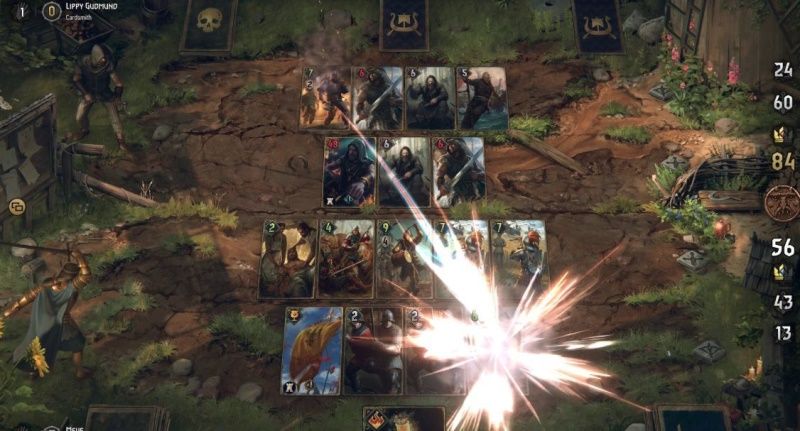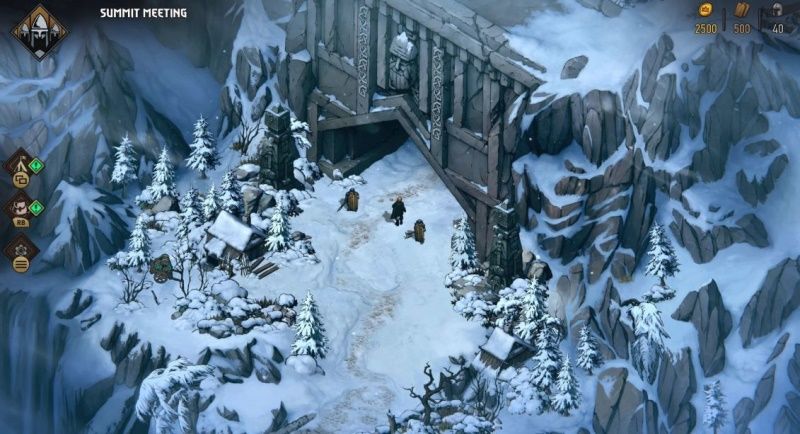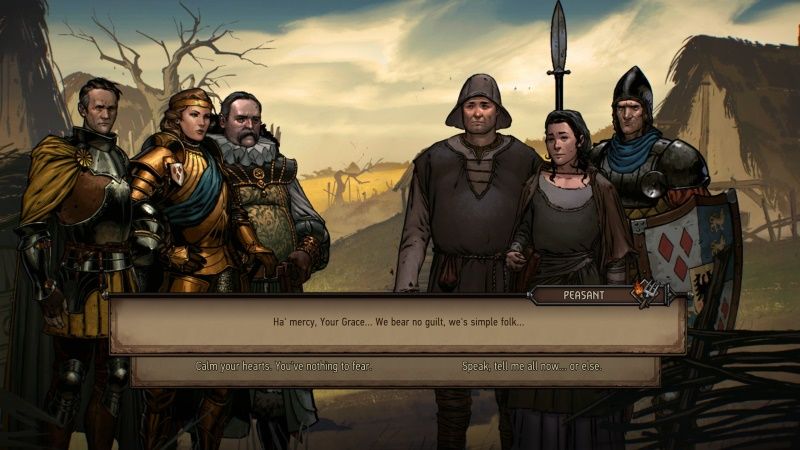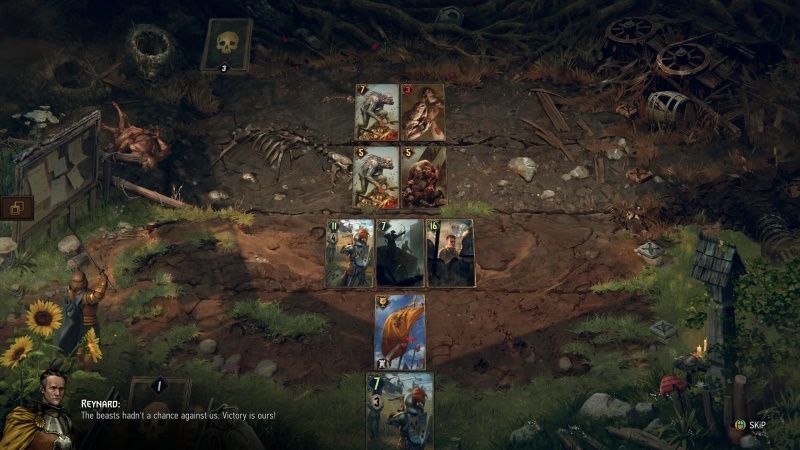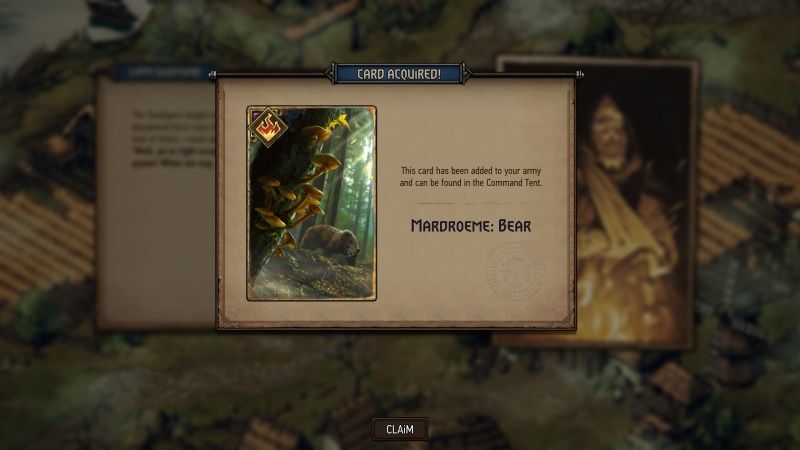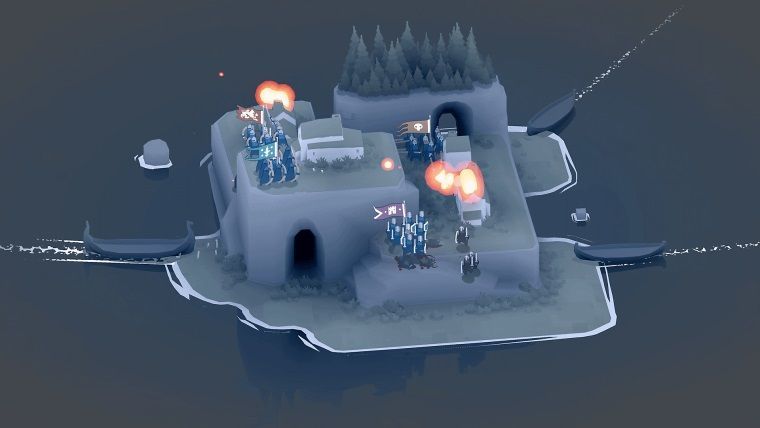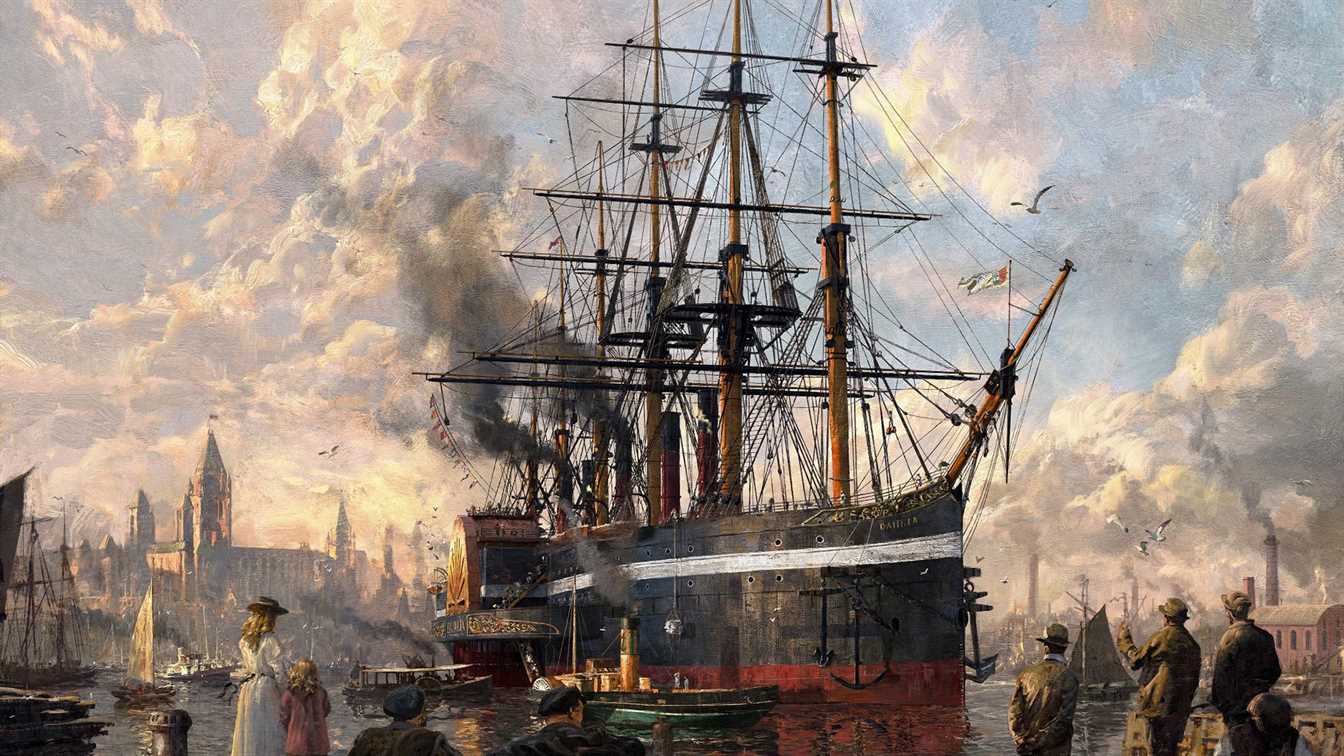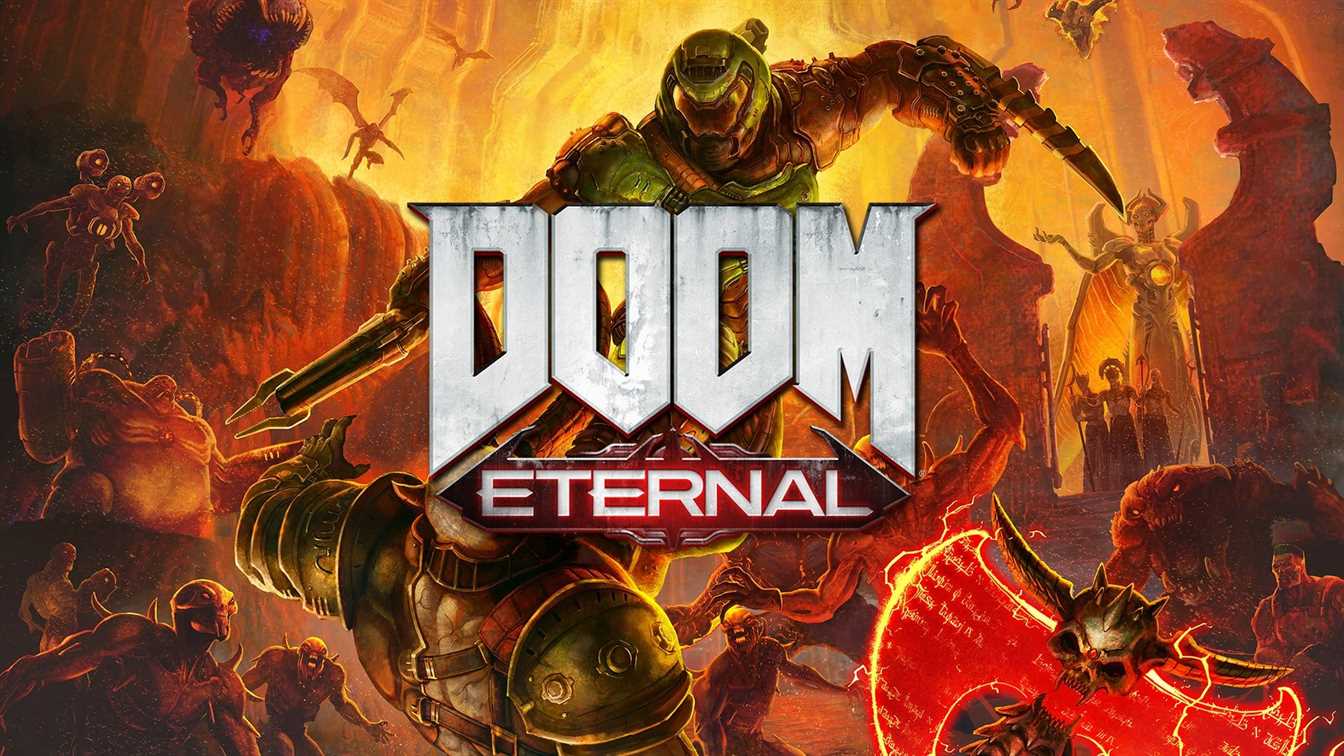Thronebreaker: The Witcher Tales Review
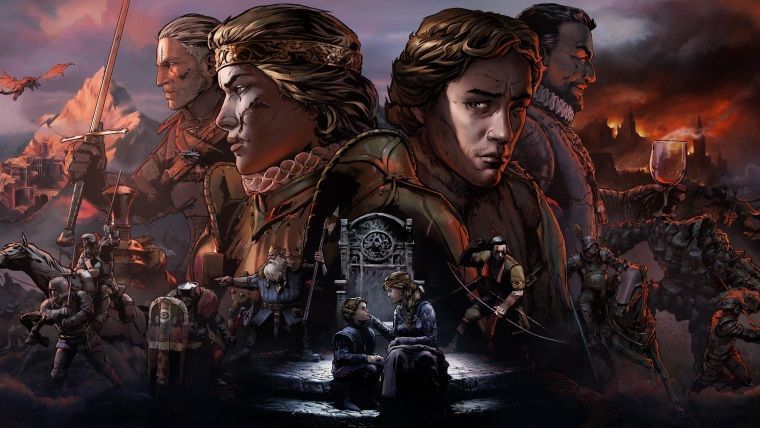
Adapted from Andrzej Sapkowski’s The Witcher books, The Witcher series developed by CD Projekt RED have gained a lot of love from gamers with its RPG mechanics. CD Projekt RED has shaken the game world with Witcher 3: Wild Hunt, now it unveils the Thronebreaker: The Witcher Tales surprising its fan base. Thronebreaker: The Witcher Tales, which blends the role-playing dynamics and strategy in The Witcher 3, puts the story of Geralt of Rivia aside (there may be a surprise) to tell us the untold stories of the Witcher universe with the card game, Gwent. So, how is Thronebreaker: The Witcher Tales? Let’s take a look at our Thronebreaker: The Witcher Tales review for the answer.
Thronebreaker: The Witcher Tales
Our favourite part aside from Yennefer, Triss, and Ciri from The Witcher 3: Wild Hunt‘s is Gwent. The card game, Gwent, was so loved that CD Projekt Red released a Gwent game independent from the Witcher 3: Wild Hunt. Thronebreaker: The Witcher Tales is the third stage of this process, we might say. We now have a card game that is independent with its own story with more strategic, deeper dynamics.
We control proud queen Lyria and Rivia, Meve, in Thronebreaker: The Witcher Tales. With our loyal soldier Reynard Odo, we discover the unexplored kingdoms and witness the relentless war with the Nilfgaardian army. Thronebreaker: The Witcher Tales is not an ordinary card game. It is a card game including RPG, discovery, character development dynamics, and strategy elements. Thronebreaker: The Witcher Tales has a large map containing question marks as the main story missions, just like in The Witcher. In addition, the choices we make as Queen Meve affects the progress of the story. The main element proving that the game is actually more than a card game is the dynamics of making choices. Because, every choice you make has a good or bad result.
You face the consequences of the choices you make in a short time. For example; at the end of a war, you are free to hang or release the soldiers that betrayed you. Both choices have different results. You have the moral level of your troops (your cards). Your choices have a direct impact on this level of morale. Low morale level decreases your card power by 1, high morale level increases your card power by 1. So you have to consider this impact while you are making your decisions. You can track this morale status in the upper left corner of the screen.
CD Projekt described Thronebreaker: The Witcher Tales as a strategy game that has RPG elements. The card game is not the only part of the game which has strategy elements. And your strategy determines the decisions you make. We can improve the camp area with the resources we collect or with gold. In the camp area, we will see our card deck and a talent tree that we will make various improvements. The fact that you have a resource system that you can use to improve the camping area makes you explore the map instead of going directly to the main mission.
Thus, you encounter different side missions, you can get unique cards as a reward for completing these missions. To help someone and fight for them can give you good cards too. For example; while travelling on the map I came across a side mission. I chose to help a troll having troubles with the Nilfgaardians. At the end of a tough card game, I got a reward card from the troll. It is very important to discover the map in order to find resources and cards, we are able to create a new card by finding and combining the card pieces that appear in the form of puzzle pieces on the map. So, in summary, CD Projekt RED made a card game that isn’t ordinary and boring, we don’t jump from mission to another mission and we don’t continuously play card games.
The team wanted to make a moving card game that mixes resource management, discovery, dialogue choices, storytelling. In the card game, which is a slightly more embellished version of Gwent, the animations and voices are remarkable. I can say that the card designs are also satisfying. However, a little better work could be done in the presentation. Card game screen looks very complicated. It doesn’t differ much from Gwent. The players of Gwent will soon get used to the Thronebreaker: The Witcher Tales. For those who don’t understand the card games, don’t worry, skipping wars is an option in this game.
What I liked the most about the Thronebreaker: The Witcher Tales was the interest in storytelling. The game really tells you a different story in The Witcher universe. The fact that the character of Queen Meve is quite well drawn, it makes you want to follow the story. Proud, noble, authoritarian Queen Meve’s voiceover is very good, and the character design is very successful. Our main character, queen of Rivia and Lyria, Meve, manages to catch your attention. CD Projekt RED has done a pretty good job in character creation and storytelling. I can easily say that I really enjoyed while I was writing Thronebreaker: The Witcher Tales review.
Thronebreaker: The Witcher Tales is an outstanding game with up to 30 hours of gameplay, different gameplay dynamics added to the card game, and its emphasis on storytelling. Is it as big as the Witcher 3? Of course not. But if you’re okay with anything in Witcher universe, if you’re good with card games, if you emphasize on storytelling, you’ll play Thronebreaker: The Witcher Tales without getting bored. If you are more of an action person and want to see the Geralt of Rivia, this game is not going to provide your wishes. Hope you enjoyed our Thronebreaker: The Witcher Tales review.

